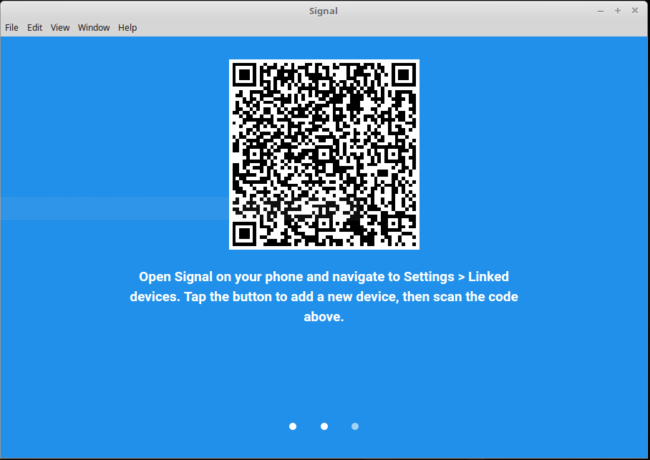


Otherwise, you can always use an AUR helper. If you are using Pamac on Manjaro and have enabled AUR, you should find Signal in the package manager. Signal is available to install on Arch-based Linux distributions via AUR. Once installed, look for Signal in application menu and start it.Īlternatively, you can remove the file with rm command: rm -i /etc/apt//signal-xenial.list Method 3: Installing Signal on Arch and Manjaro from AUR Now that you have added the repository, update the cache and install Signal desktop application: sudo apt update & sudo apt install signal-desktop This new file will have the Signal repository information i.e. Thanks to the tee command in Linux, you’ll have a new file signal-xenial.list in the sources.list directory /etc/apt/. echo "deb xenial main" | sudo tee -a /etc/apt//signal-xenial.list It will work with Ubuntu 18.04, 20.04 and newer version as well as Debian, Mint etc. Don’t get alarmed with the use of xenial in the repository name.

With the key added, you can safely add the repository to your system. You can copy the commands and paste it in the terminal.įirst thing is to get the GPG key for the official Signal repository and add it to the trusted keys of your APT package manager. Here are the steps you have to follow to install Signal from its official repository on Debian, Debian, Linux Mint, elementary OS and other distributions based on Debian/Ubuntu. Method 2: Install Signal on Debian and Ubuntu-based distributions via APT (using official Signal repository) The good news is that you can use apt command to install Signal. Some people do not like Snap packages because they take too long to start. You can remove it using snap remove or from the Software Center. Alternatively, you can use the Snap command to install Signal on any Linux distribution that has Snap support enabled.


 0 kommentar(er)
0 kommentar(er)
